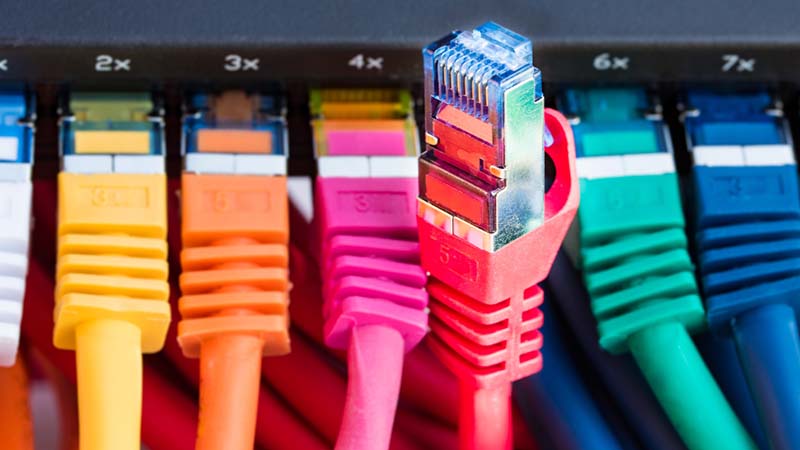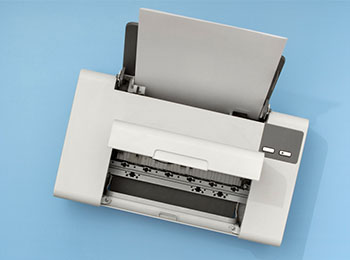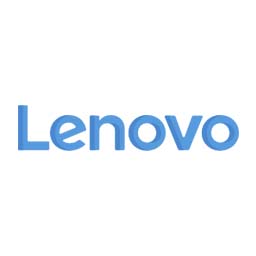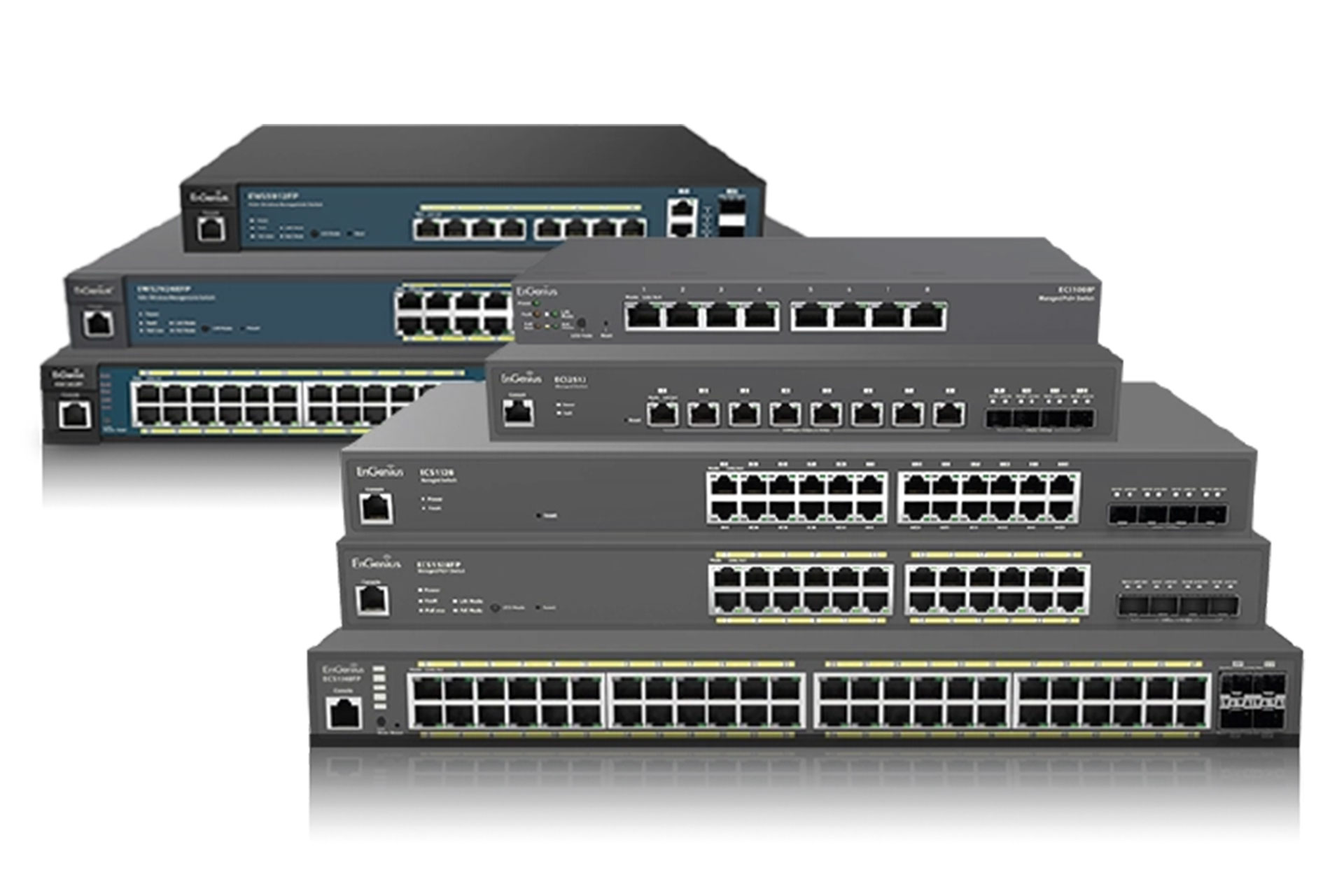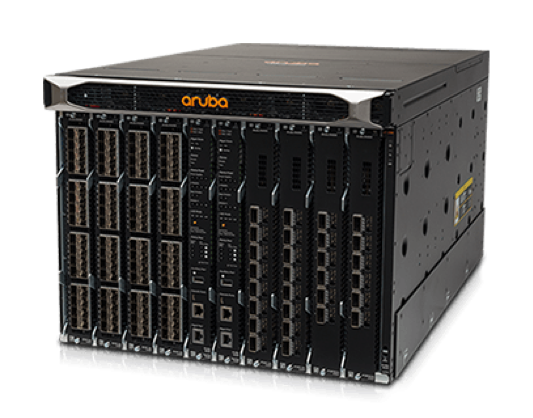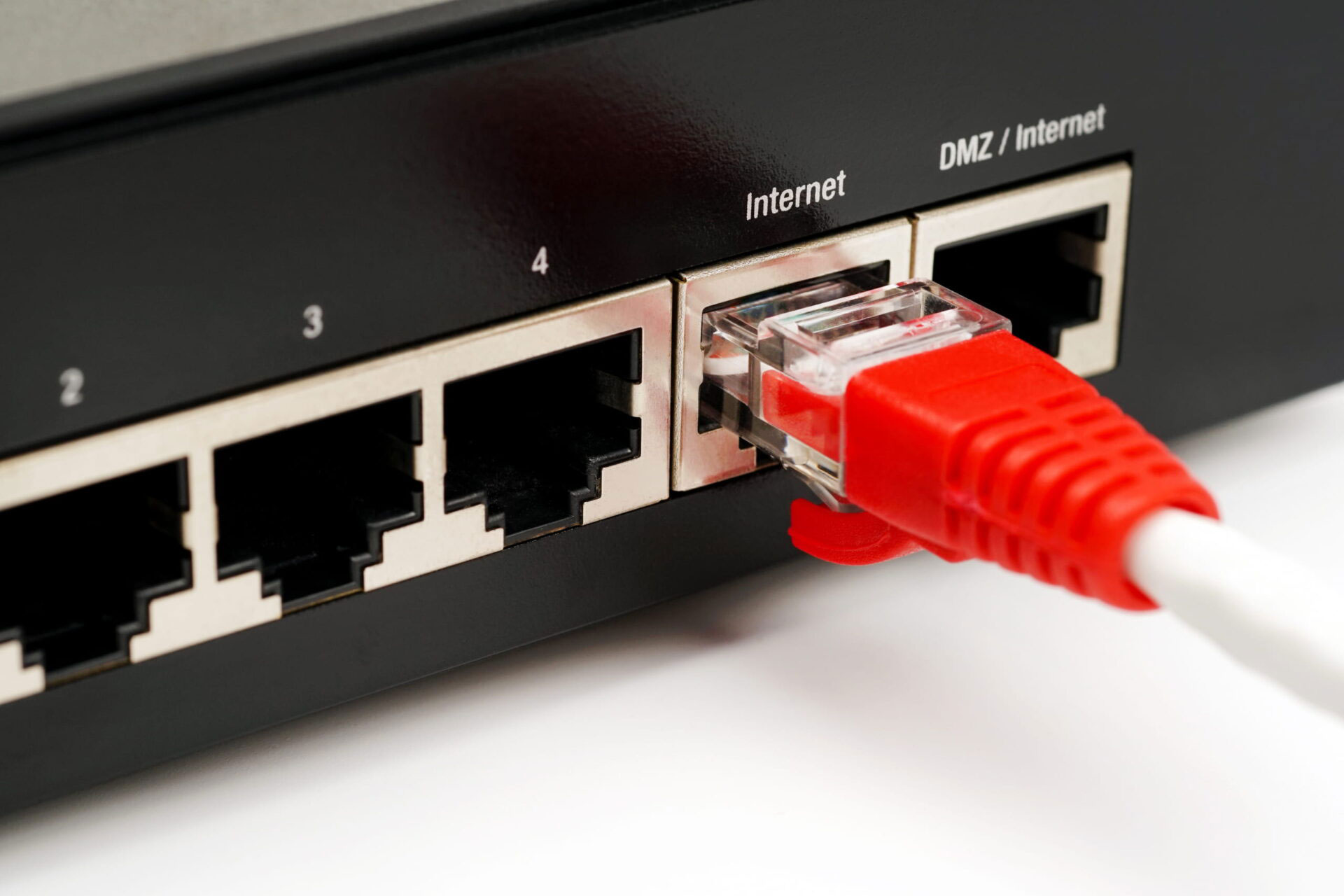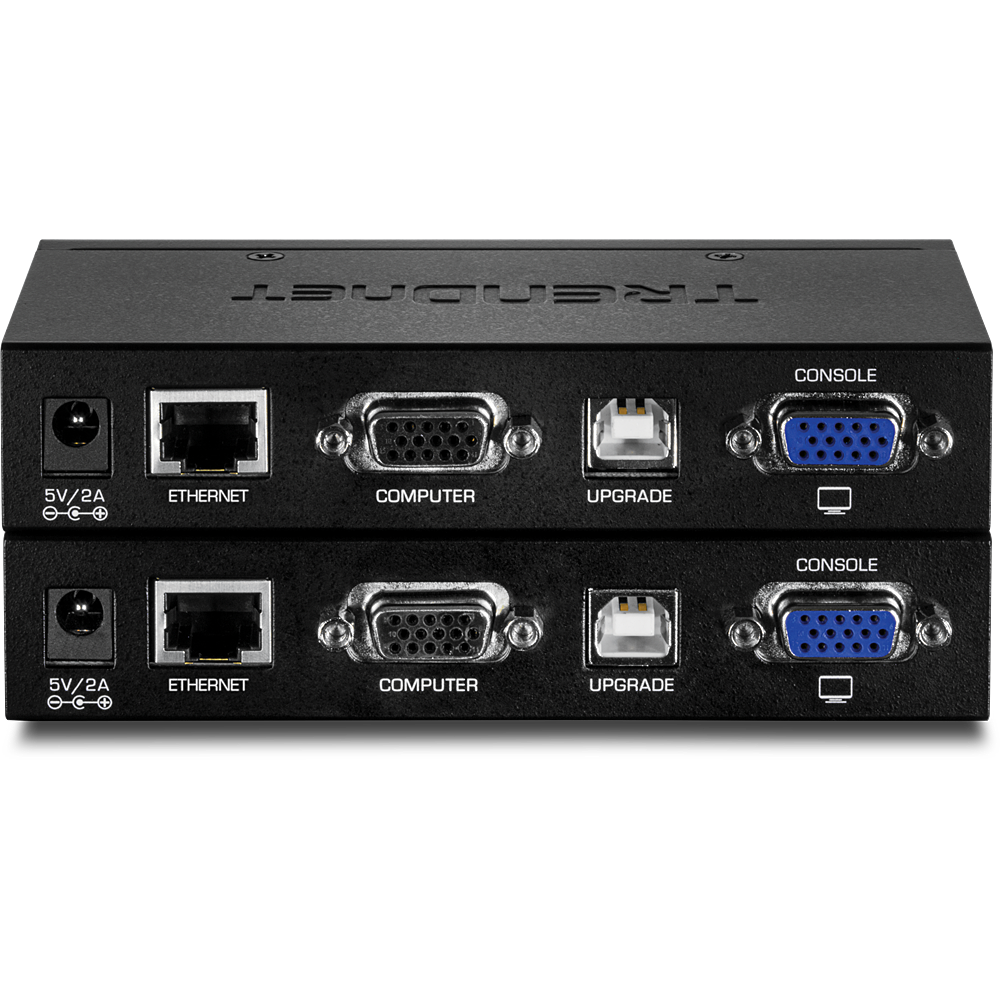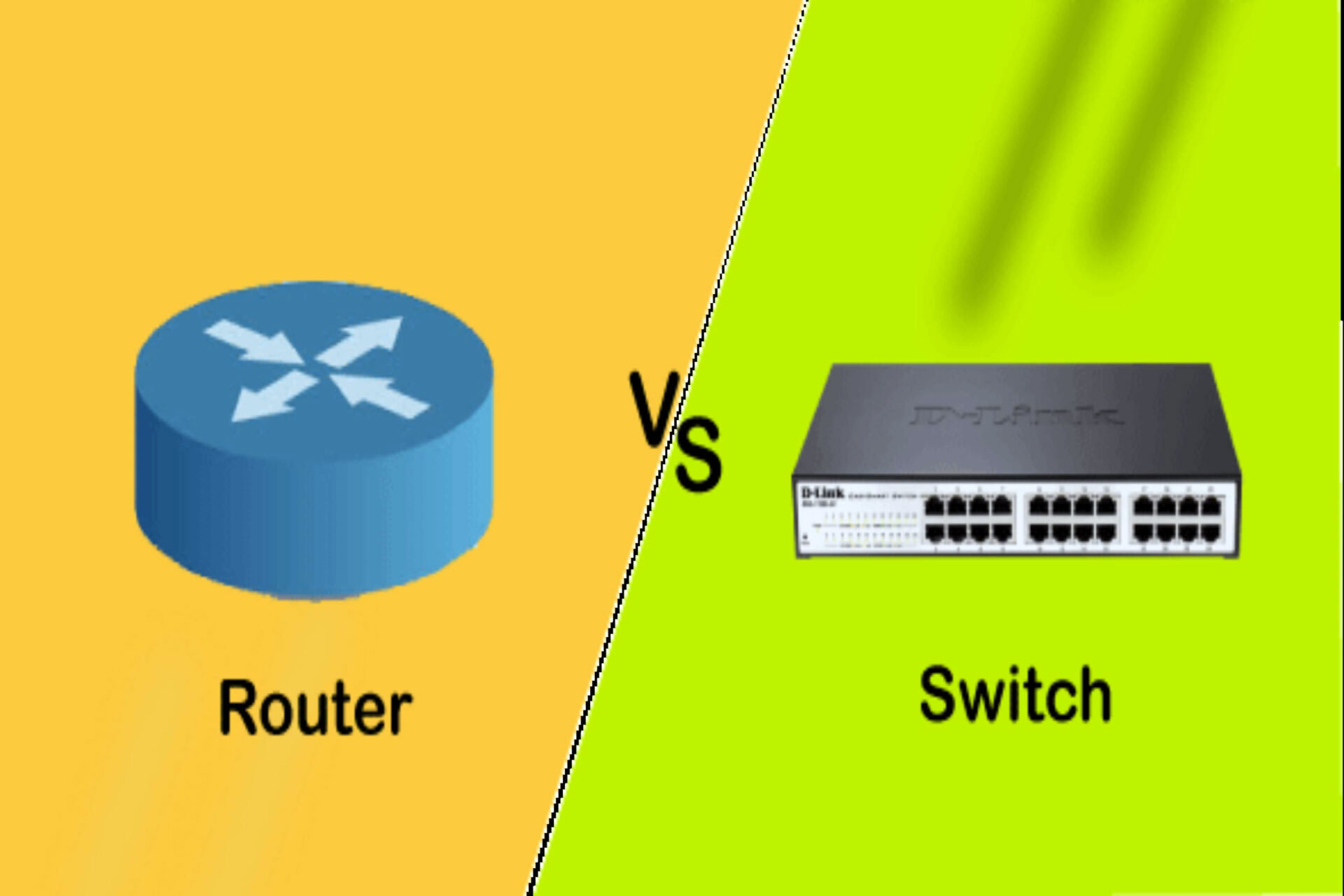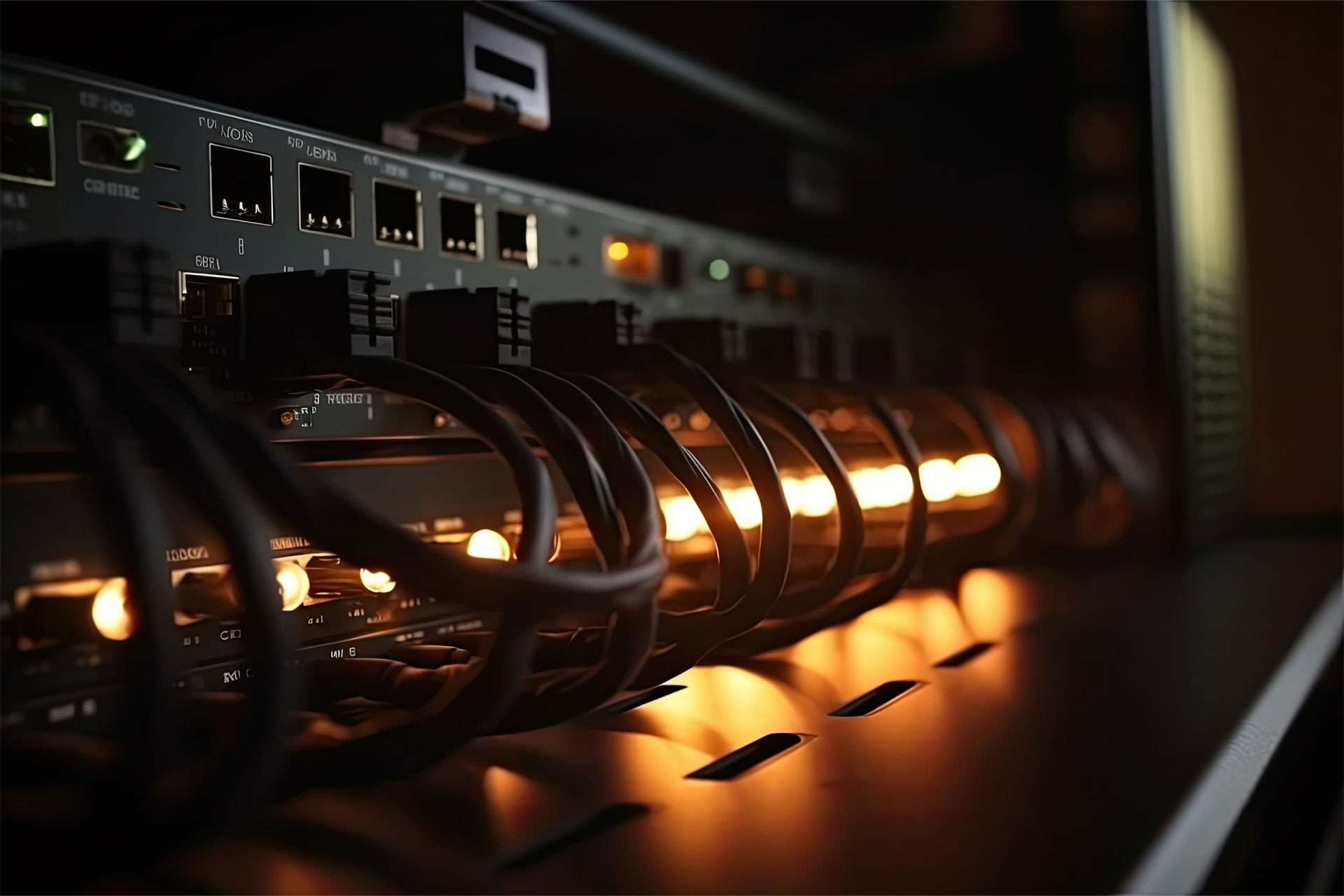Are you looking to optimize your IT infrastructure with the latest networking technology? Stackable switches may be the solution you’ve been searching for. In this blog series, we will explore the ins and outs of stackable switches, delving into their advantages, disadvantages, and scalability. We’ll also discuss how to choose the right stackable switch for your specific IT equipment, considering factors such as compatibility and performance. Additionally, we’ll provide a step-by-step guide to installing and configuring stackable switches, as well as best practices for maintenance and troubleshooting. With a focus on network performance improvement and cost considerations, we will uncover the potential impact of stackable switches on your overall IT operations. Furthermore, we’ll explore the security features of stackable switches and look ahead to future trends in stackable switch technology. Through real-world case studies, we’ll showcase successful implementations of stackable switches and the business benefits achieved. Get ready to dive into the world of stackable switches and discover how they can revolutionize your IT infrastructure.
The Importance of Stackable Switches in IT Equipment
Stackable switches are a game-changer in the world of IT equipment. They offer seamless scalability, making them an excellent choice for businesses of all sizes. With stackable switches, you can easily expand your network as your business grows without having to replace existing hardware. This not only saves time and money but also ensures that your network infrastructure remains agile and efficient.
One of the most exciting advantages of stackable switches is their ability to create a unified, single management interface for multiple switch units. This means that you can manage and monitor all the switch units in a stack from one central location, simplifying maintenance and troubleshooting tasks. Additionally, stackable switches provide flexibility in terms of ports and performance, allowing for easy customization according to specific network requirements.
While there are numerous benefits to using stackable switches, it’s essential to consider the potential drawbacks as well. One challenge is ensuring proper configuration and cabling when setting up a stack of switches. It requires careful planning and implementation to avoid any performance issues or downtime. Additionally, the initial investment in stackable switches may be higher compared to standalone switches upfront; however, the long-term cost savings from simplified management and scalability often outweigh this initial expense.
Choosing the Right Stackable Switch for Your IT Equipment
When it comes to upgrading your IT equipment, selecting the right stackable switch is crucial. Not only will it enhance the performance and flexibility of your network, but it will also streamline management and reduce complexity. With a wide range of options available in the market, there are several factors to consider when choosing the perfect stackable switch for your specific needs.
Comparing different stackable switch models can be an exhilarating process as you explore cutting-edge technology and innovative features. From advanced security protocols to high-speed connectivity, each model offers unique advantages that cater to different setups. Whether you’re looking for increased bandwidth capacity or seamless integration with existing infrastructure, there’s a stackable switch out there that perfectly aligns with your requirements.
In today’s tech-driven world, compatibility with existing IT infrastructure is paramount when making any upgrade decision. The beauty of modern stackable switches lies in their ability to seamlessly integrate with various systems and devices without causing disruptions. By carefully assessing compatibility factors such as interface types and management capabilities, you can ensure a smooth transition while maximizing the potential of your network.
Installation and Configuration of Stackable Switches
Installing stackable switches can be an incredibly exciting process. The seamless integration of multiple switches can lead to improved network performance, increased scalability, and simplified management. As you connect each switch in the stack, envision the potential for a more efficient and reliable network infrastructure that will support your organization’s growing needs.
Configuring stackable switches is where the magic happens. With features like automatic failover, load balancing, and virtual stacking capabilities, you have the power to optimize your network for peak performance. Get ready to dive into the world of VLAN configuration, link aggregation setups, and QoS prioritization — all designed to streamline data traffic flow and enhance user experience.
As with any new technology implementation, there may be hurdles along the way. But fear not! Troubleshooting common installation issues such as connectivity errors or mismatched configurations can be an exhilarating challenge. By mastering the art of resolving these issues efficiently, you’ll gain valuable expertise that will serve you well in maintaining a top-notch network environment.
Network Performance Improvement with Stackable Switches
Say goodbye to slow network speeds and constant congestion with the implementation of stackable switches in your network infrastructure. These powerful devices provide enhanced network speed and bandwidth management, allowing for smoother data transmission and reduced latency. With stackable switches, you can say hello to improved user experience and productivity as your team navigates through tasks seamlessly without being impeded by sluggish internet speeds.
The reduction of network congestion is another exciting benefit that comes with utilizing stackable switches. By distributing traffic more efficiently across interconnected switch units, these devices effectively alleviate strain on the network, leading to increased overall system reliability. Say farewell to frustrating downtime caused by congested networks – instead, revel in the smooth performance made possible by stackable switches.
Get ready to experience a significant boost in overall network reliability as a result of implementing stackable switches into your infrastructure. With improved speed and reduced congestion, these advanced devices pave the way for a seamless networking environment where interruptions are minimized, and productivity is maximized. Embrace the power of technology as you witness first-hand how stackable switches revolutionize your network performance.
Cost Considerations for Stackable Switches in IT Equipment
When it comes to cost considerations for stackable switches in IT equipment, the excitement is palpable. The initial investment may seem higher than non-stackable switch alternatives, but the long-term cost savings cannot be ignored. With the ability to easily expand and scale a network without requiring additional management resources, the total cost of ownership for stackable switches becomes more favorable over time.
Comparing stackable switches with their non-stackable counterparts only adds to the fervor surrounding these innovative networking solutions. While an upfront investment is necessary for getting started with stackable switches, their ease of use and flexibility make them a strong contender for anyone looking to optimize their IT infrastructure. This financial consideration opens up exciting opportunities for businesses to streamline their operations while improving overall efficiency.
It’s clear that when evaluating the cost implications of stackable switches in IT equipment, there is much cause for excitement. As organizations look towards future-proofing their networks and aiming for long-term success, the benefits of stackable switches outweigh any hesitations about initial expenses. By carefully considering the total cost of ownership and comparing options, it becomes evident that embracing stackability can lead to significant economic advantages.
Maintenance and Upkeep of Stackable Switches
Maintaining stackable switches is a breeze! Thanks to their modular design, routine maintenance tasks such as software updates and configuration changes can be performed effortlessly. It’s like playing with building blocks – you can add or replace modules without disrupting the entire network.
When it comes to upgrading and expanding your stackable switch setup, the process is seamless. Need more ports? Just stack another switch on top of the existing one, and voila! Your network is now ready for more devices. No need for complicated reconfigurations or downtime – simply plug in the new switch and watch your network grow.
Retiring outdated stackable switches? No problem at all! With their hot-swappable feature, you can remove old switches from the stack without interrupting traffic flow. This means less hassle and smoother transitions when it’s time to upgrade to newer models.
Security Features of Stackable Switches
Stackable switches offer an exciting array of built-in security capabilities that make them a top choice for network administrators. With features like MAC-based port security, access control lists, and advanced encryption protocols, stackable switches provide robust protection against unauthorized access and data breaches. This means you can rest easy knowing that your network is fortified with the latest security measures.
Not only do stackable switches boast impressive standalone security features, but they also seamlessly integrate with existing network security measures. This integration allows for a comprehensive approach to safeguarding your sensitive data and resources. Whether it’s coordinating with firewall systems or implementing virtual LANs, these switches have the flexibility to adapt to your specific security needs without compromising performance.
In today’s data-driven world where cyber threats are constantly evolving, protecting sensitive information is paramount. Stackable switches rise to the occasion by providing multi-layered security defenses that keep pace with emerging threats. By incorporating advanced security technologies such as SSH and SSL encryption, these switches ensure that your critical business data remains shielded from potential attacks.
Future Trends in Stackable Switch Technology
The future of stackable switch technology is incredibly exciting. With advancements in design and functionality, we can expect to see stackable switches becoming more efficient and powerful than ever before. These switches are poised to revolutionize networking, offering seamless scalability and flexibility for a wide range of applications.
Emerging technologies such as AI, machine learning, and IoT are set to have a significant impact on stackable switches. As these innovations continue to evolve, we can anticipate even greater capabilities from stackable switch systems, enabling more intelligent network management and enhanced performance across the board.
Forecasting the evolution of stackable switch capabilities reveals a landscape filled with potential. The ability to seamlessly integrate new features and functionalities into existing stackable switch setups heralds an era of unprecedented adaptability and versatility. The future holds boundless opportunities for organizations leveraging these advanced networking solutions.
Case Studies: Successful Implementation of Stackable Switches
Imagine a world where your network switches work seamlessly together, creating a unified and powerful networking infrastructure. Well, that’s exactly what happened when the Company implemented stackable switches. By stacking their switches, they were able to easily expand their network capacity without any hassle. This resulted in improved efficiency and reduced downtime, ultimately leading to increased productivity across the organization.
The key takeaway from these case studies is clear – stackable switches can bring unparalleled benefits to your business. From enhanced performance and scalability to cost savings and simplified management, the advantages are undeniable. If you’re looking for a game-changing solution for your network infrastructure, it’s time to consider the potential of stackable switches.
“Networking Arts is a top business IT solution provider and UK IT hardware reseller, specializing in Cisco software license solutions and network switches. As IT equipment suppliers in the UK, we offer a wide range of products including wifi modems, routers, wireless access points, computer accessories, and much more. With our expertise in managed IT services, we are committed to providing the best solutions for your business IT needs. Trust Networking Arts to be your go-to source for high-quality IT equipment and top-notch service.”
Frequently Asked Questions
1. What are stackable switches?
Stackable switches are a type of network switch that allows multiple switches to be connected, forming a single logical unit. This enables easier management and scalability of the network.
2. Why should I consider using stackable switches?
Stackable switches offer several benefits such as simplified network management, increased scalability, improved performance, and enhanced resiliency. They allow for easier expansion of the network and provide a centralized control and monitoring system.
3. What are the potential drawbacks of using stackable switches?
While stackable switches offer many advantages, there are some potential drawbacks to consider. These include higher initial costs compared to standalone switches, increased complexity in configuration and troubleshooting, and the reliance on a single control unit for the entire stack.
4. Can I mix different switch models in a stack?
In most cases, stackable switches are designed to work together within a specific product line or series. Mixing different switch models from different vendors may not be supported or may result in limited functionality. It’s important to check the compatibility and stacking capabilities of the switches before attempting to mix them.
5. What are some common use cases for stackable switches?
Stackable switches are commonly used in environments that require high availability, scalability, and simplified management. They are often deployed in data centers, enterprise networks, and campus networks where the demand for network resources is high and the ability to scale and manage the network efficiently is crucial.
TL;DR: Stackable switches offer advantages such as scalability and network performance improvement, but they also come with considerations for cost, maintenance, and security. When choosing a stackable switch, it’s important to consider factors such as compatibility, configuration, and long-term cost savings. The future of stackable switch technology is promising, with advancements in design and functionality. Real-world case studies demonstrate the business benefits of successful stackable switch deployment.








